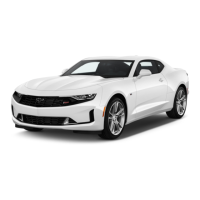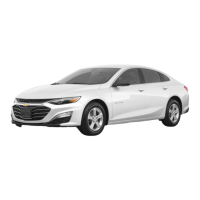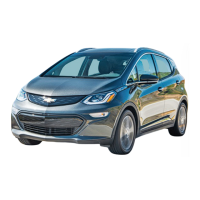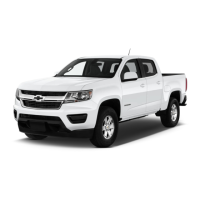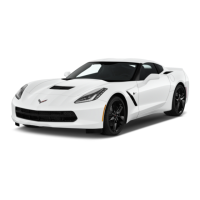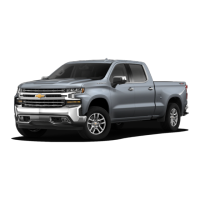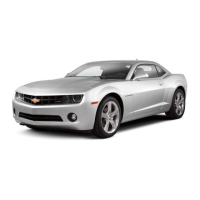Chevrolet Low Cab Forward 5.2L Diesel Engine 4500/5500 Series (GMNA-
Localizing-U.S.-12407814) - 2019 - crc - 12/13/17
150 Driving and Operating
road to make a "mirrored surface"—
and slow down when there is any
doubt.
There is a risk of hydroplaning,
particularly where water tends to
collect on the road surface. Drive at
speeds that allow you to stay in
complete control.
If you cannot avoid driving on a
flooded road, first check the depth
of the water and then drive through
the water at a slow, constant speed.
There is a risk that water will get
into the engine's cylinders and
cause engine damage (water
hammering). Keep your speed
down, and drive with great care.
Hydroplaning : If a vehicle is driven
at high speed on a road that is
covered with water, a layer of water
can form between the tires and road
surface, causing the tires to lose
their grip and slide across the water.
This phenomenon is called
hydroplaning. It is dangerous
because it makes the steering
wheel and brakes useless.
Refer to Wheels and Tires 0 295.
Hill and Mountain Roads
Narrow or Congested Roads
When passing or overtaking a
vehicle on a narrow mountain road
or on a narrow or congested urban
road, pay careful attention to
obstacles on either side and to the
condition of the shoulder of
the road.
When turning, the rear wheels will
follow tighter curves than the front
wheels. Use the mirrors to confirm
safety.
Driving Uphill or Downhill
Downshifts are performed for two
main purposes:
.
For engine braking on a steep
and/or long downward slope
.
For responsiveness and
economy on an uphill slope
Drive at a speed that does not
cause the tachometer needle to
enter the red zone.
Uphill
Shift down well ahead of time in
order to avoid a heavy load to the
engine.
Downhill
.
Be careful not to drive too fast
on a downhill road.
.
Use the same gear(s) that you
used to drive up the hill. Also,
use the exhaust brake in order
to avoid going too fast.
.
Do not let the engine overrun.

